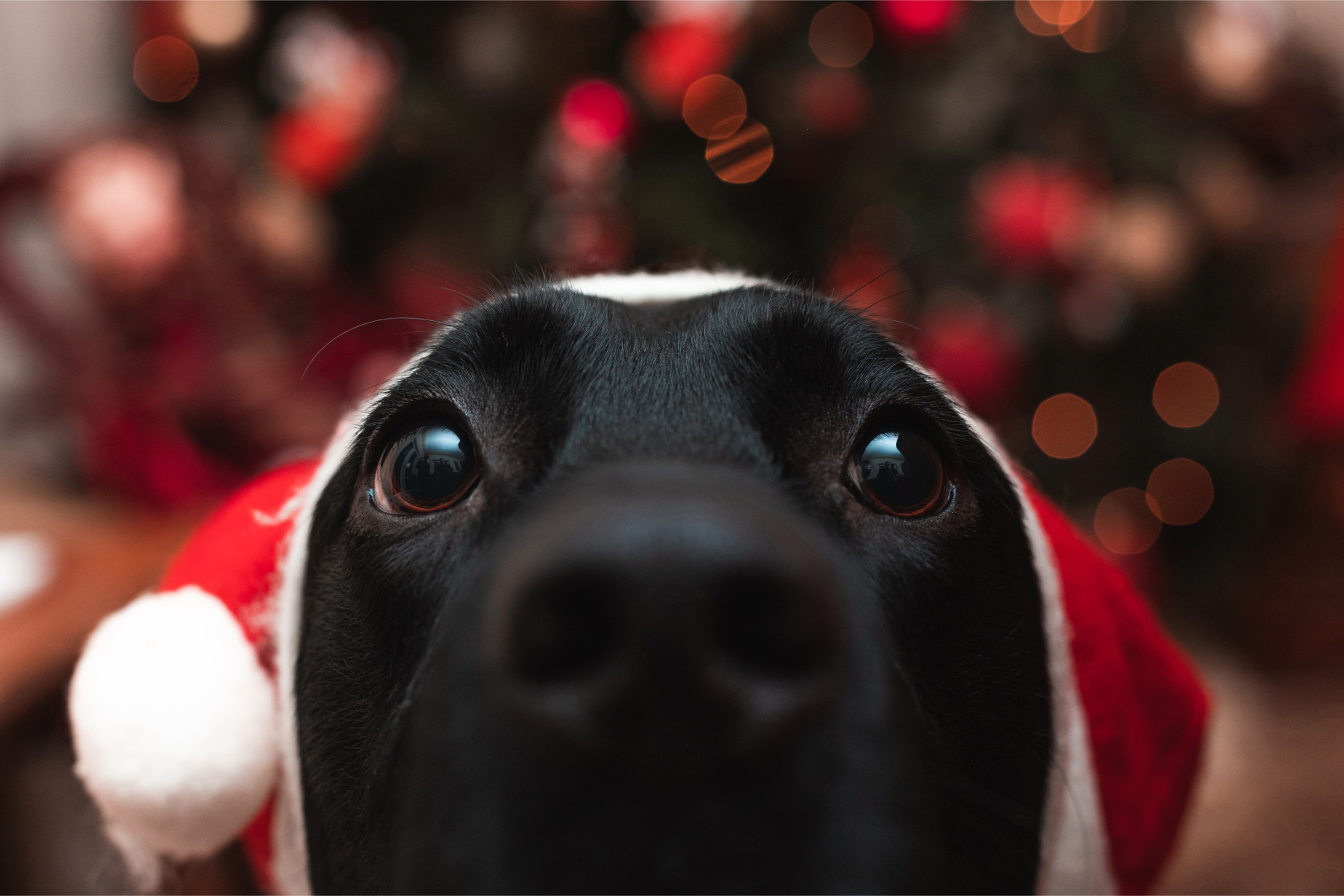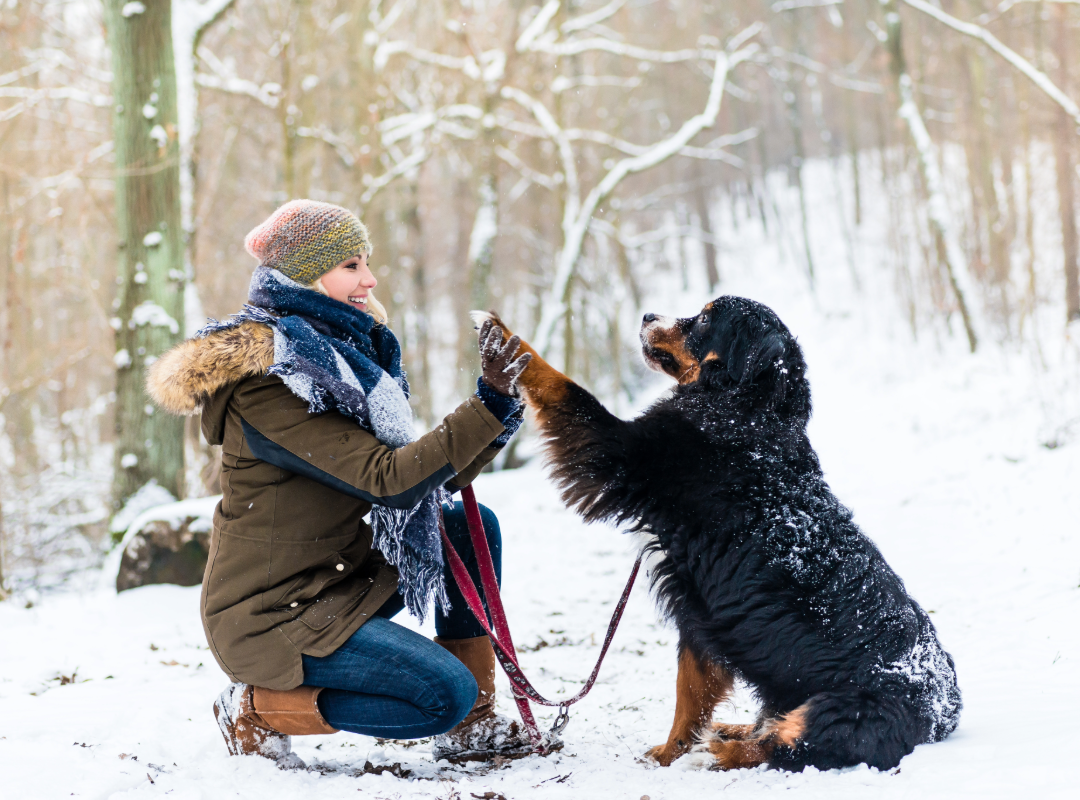- Feb 26, 2024
Can Dogs See in the Dark?
Veterinarians and dog research experts agree, one question that consistently finds its way into their daily consultations is, "Can dogs see in the dark?" It's a fascinating inquiry that taps into the mysterious and often misunderstood aspects of our canine companions' sensory abilities. Let's delve into the world of canine vision and explore the truth behind whether our furry friends possess the superpower of seeing in the dark.
Understanding Canine Vision:
To comprehend whether dogs can see in the dark, it's crucial to grasp the basics of their visual anatomy. Dogs, like humans, are diurnal animals, meaning they are most active during the day. However, their eyesight is adapted for low-light conditions due to certain features.
Tapetum Lucidum:
One key factor contributing to a dog's ability to see in low light is the presence of the tapetum lucidum, a reflective layer behind the retina. This structure enhances their night vision by reflecting light that passes through the retina back into the eye. This boosts the sensitivity of their eyes in low-light environments.
Rod Cells:
Another vital component is the abundance of rod cells in a dog's retina. Rod cells are responsible for detecting light and movement, making them crucial for low-light vision. Humans, on the other hand, have more cone cells, which are responsible for color vision and function better in well-lit conditions.
Can Dogs See In Total Darkness?
While dogs possess enhanced night vision compared to humans, they cannot see in total darkness. The effectiveness of their vision depends on various factors, including the amount of ambient light available. In extremely low-light situations, a dog's vision may not be as effective as during dawn or dusk when there is some natural light present.
Dog's Ability To Adapt To Darkness:
Dogs have a remarkable ability to adapt to different light conditions. Their eyes can adjust to changes in ambient light levels relatively quickly, allowing them to navigate dimly lit environments more effectively. This adaptability is especially evident in breeds that have historically been used for activities like hunting or herding during low-light hours.
Behavioral Clues:
Observing a dog's behavior can also provide insights into their visual capabilities in the dark. Dogs may rely more on their sense of smell and hearing when visibility is limited. In dim light, you might notice your dog relying on its keen sense of smell to explore its surroundings or tilting its head to enhance auditory perception.
Limitations To Canine Night Vision:
While dogs boast impressive night vision compared to humans, there are limitations to their abilities. They cannot see color as well as humans, and their visual acuity may be lower. Additionally, factors such as age, health, and breed can influence a dog's overall vision, including its ability to see in low-light conditions.
Practical Implications For Pet Owners:
Understanding your dog's visual capabilities has practical implications for pet owners. For instance, providing some ambient light in areas where your dog spends time during the night can be beneficial. This is particularly relevant for older dogs or those with compromised vision. Using low-intensity night lights in specific areas of your home, including around their automatic dog feeder or feed bowls, can help your furry friend navigate safely.
While dogs do possess enhanced night vision capabilities compared to humans, they cannot see in total darkness. Their ability to see in low-light conditions is attributed to anatomical features like the tapetum lucidum and an abundance of rod cells in the retina. Observing a dog's behavior and understanding its visual adaptations can contribute to creating a more supportive environment, especially during low-light hours. So, the next time you take your dog for a nighttime stroll, appreciate their unique vision and the fascinating ways they navigate the world around them
You may also like our blog on, Getting to Know the Cane Corso.



